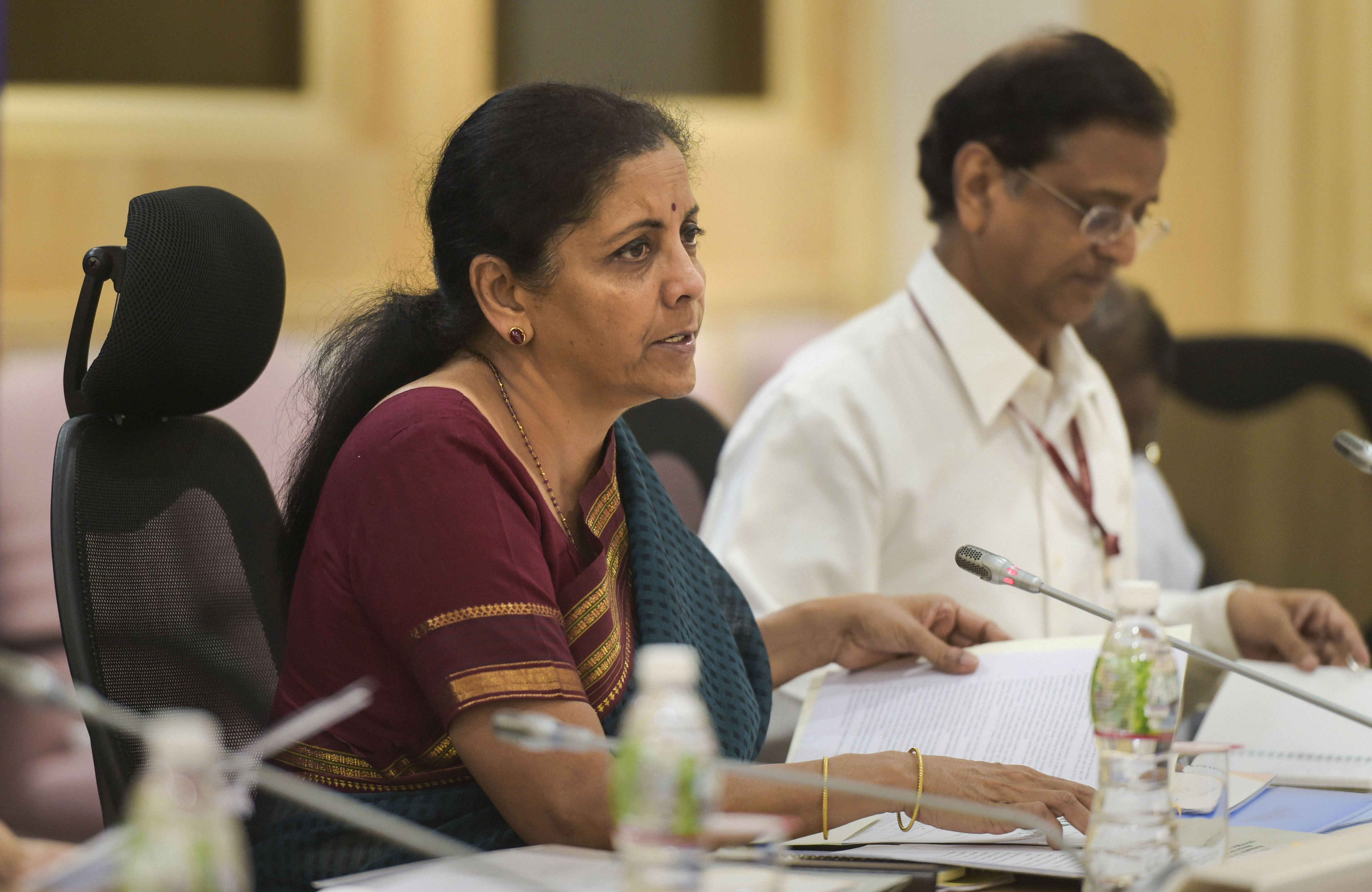
'Loosen the purse strings', industry pleads to government

The chorus for some sort of fiscal stimulus to encourage growth in the sluggish Indian economy has risen to a crescendo as Finance Minister Nirmala Sitharaman prepares her maiden Union Budget to be presented next Friday (July 5).
Analysts and economists believe that the government needs to keep aside its worries over fiscal deficit and go ahead with a stimulus package to revive the economy. The Indian economy has been in the grip of a slowdown, with GDP growth in the March quarter of 2019 registering a 20-quarter low of 5.8% and fiscal 2019 ending with a growth rate below the 7% mark, at 6.8%.
The Reserve Bank of India (RBI) has done its bit by announcing three successive 25 basis point rate cuts – the last such cut was announced earlier this month. This should have helped matters somewhat but with banks reluctant to pass on the cuts, full benefits of a 75bp rate cut are yet to be realised. Also, rate cuts alone would not provide the much needed boost to a sagging economy and a comprehensive fiscal stimulus is the need of the hour.
So Sitharaman has a tough choice before her: provide fiscal stimulus or maintain the oft repeated fiscal deficit target of 3.4% despite lower revenue collection and other challenges.
Also read: Nirmala among four from Karnataka in Modi’s cabinet
Slowing economy
The Federation of Indian Chambers of Commerce and Industry (FICCI) in its pre-budget memorandum has said that the signs of a slowdown in the economy stem not only from slow growth in investments and subdued exports but also from weakening growth in consumption demand. “This is a matter of serious concern and if not addressed urgently, the repercussions would be long-term,” the chamber said.
The IMF projects global trade growth will slow down to 3.3% in 2019 from 3.6% in the previous year. Already, India’s export scenario has remained muted for a significantly long period, said FICCI. Even though exports witnessed some growth momentum during 2018-19 and increased by 9.1% over the previous fiscal, trade deficit also surged to an unprecedented high of $176.5 billion owing to a significant rise in imports (especially oil imports).
Industrial production too remained weak, with IIP (Index of Industrial Production) growth moderating to 4% during Apr-Feb 2018-19 versus 4.4% in the corresponding period of the previous year. Weakness in demand conditions has been a key factor behind low industrial growth. And signs of a slowdown in domestic demand are also clearly visible, both in urban and rural areas.
The chamber notes that automobile sales slowed down significantly across segments like passenger cars as well as two-wheelers in 2018-19. The annual sales growth in scooters has been below a percent against 19.3% in 2017-18. Sales of consumer durables in IIP fell to 4.1% during Apr-Feb 2018-19 against 10.2% in the corresponding period of the previous year.
With farm incomes remaining weak for a long time now, rural consumption has also taken a hit and this has been a key factor in consumption slowdown in the economy.
Fiscal deficit challenge
DK Srivastava, Chief Policy Advisor at Ernest and Young, has noted that the Centre has achieved its fiscal deficit target of 3.4% of GDP, in line with the FY19 revised estimate. He said revenue expenditure was cut to achieve the FY19 fiscal target. On top of it, the taxes are underperforming. Centre’s revenue deficit was at 2.3% of GDP, 0.1% point higher than the FY19 revised estimate though it was lower as compared to 2.6% of GDP in FY18. Total expenditure by the Centre in FY19 grew by 7.9% as compared to 8.5% in FY18.
But both, revenue as well as capital expenditure, were squeezed in FY19, leading to a shortfall of ₹1,45,813 crore in total expenditure relative to FY19 revised estimate. In other words, the government had spent less to maintain the fiscal deficit target even as it earned less from taxes and other sources of income.
Also read: Tamil Nadu likely to be worst hit by US withdrawal of trade concessions
Srivastava noted that Centre’s capital expenditure was squeezed by at least ₹13,664 crores relative to FY19 revised estimate. So does the government have the appetite for a fiscal stimulus? Its finances are stretched as it has cut its expenditures and its incomes are not raising and are struggling to maintain the deficit target.
An analysis by ICICI Securities of the FY19 abridged balance sheets of about 1,851 listed non-financial companies shows that although the private capex cycle may be bottoming out, a revival is unlikely in the near term given the higher number of challenges as compared to catalysts. In other words, India Inc is looking up to the government for increased investments.
Stimulus
Analysts at brokerage Edelweiss said in a note that the concerns over fiscal expansion were “misplaced” in the current macroeconomic context. “We believe reflation should be prioritised over reforms. A fiscal stimulus of at least 0.5% of GDP should be in order, and we do not think that it will undermine macroeconomic stability.”
Similar sentiments were echoed by some other analysts, all of whom thought a fiscal stimulus in some form or the other was the need of the hour. FICCI is batting for a stimulus package for exporters. “Special tax concessions for export oriented manufacturing need to be considered. Export manufacturing zones may be designated for attracting greater domestic and foreign investments in export oriented manufacturing,” the chamber has said in a note.
Also read: India needs fiscal push to boost growth, but rise in public spending may take time

